Retirement should be a time of relaxation and enjoyment. However, where to retire can significantly impact one’s financial health and quality of life.
While some states offer a low cost of living and generous benefits for seniors, others can be prohibitively expensive. This article explores the 17 states often considered the worst to retire in due to their high costs, helping retirees make an informed decision.
California: The Golden Cost

California, known for its beautiful weather and stunning landscapes, has a golden price tag. High housing costs, substantial income taxes, and a high overall cost of living make it a challenging state for retirees on a fixed income.
New York: The City That Never Sleeps (on Prices)

New York’s living expenses, particularly in New York City, are among the highest in the nation. From housing to healthcare, retirees face steep costs, making it a less favorable option for those with a tight retirement budget.
Hawaii: Paradise at a Price

Hawaii’s picturesque scenery comes with a high cost. The state has the highest cost of living in the U.S., driven by expensive housing and the costs of importing goods to the islands.
Massachusetts: Historic Beauty, Modern Expenses

Massachusetts offers a rich history and excellent healthcare but at a high cost. Housing and living expenses in cities like Boston can strain retirement savings significantly.
Alaska: The Price of Solitude
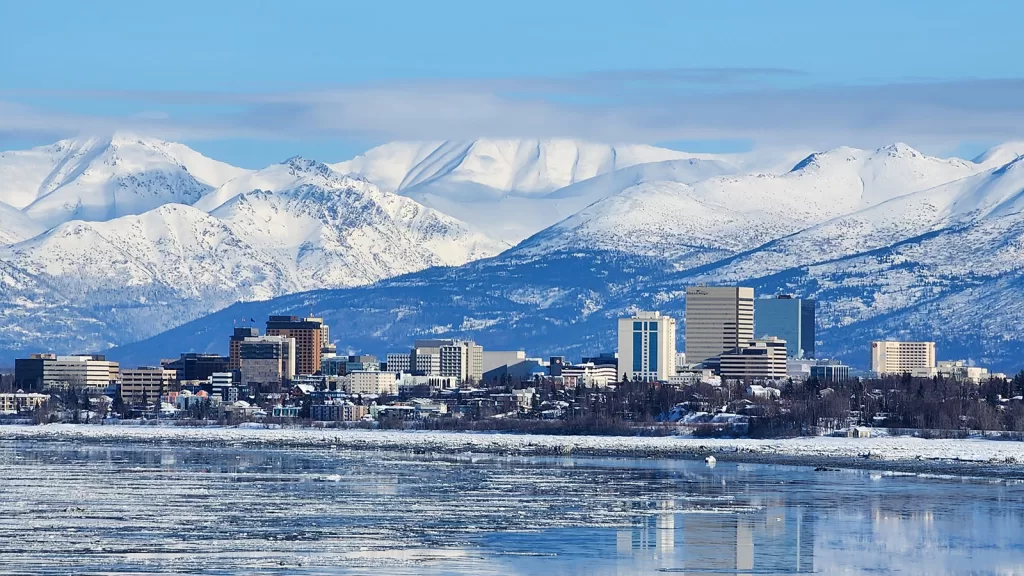
While Alaska offers stunning natural beauty and no state income tax, its remote location leads to higher costs for goods and services, making it an expensive choice for retirees.
Oregon: Green but Costly

With its lush landscapes and environmentally conscious cities, Oregon also has high state taxes and a rising cost of living, particularly in popular areas like Portland.
Connecticut: New England Charm, New England Prices

Connecticut offers a quintessential New England experience but with high property taxes and living costs that can be a burden on retirees.
New Jersey: High Taxes in the Garden State

New Jersey combines high property taxes with a high cost of living, making it a challenging state for retirees looking to stretch their dollars.
Rhode Island: Small State, Big Expenses
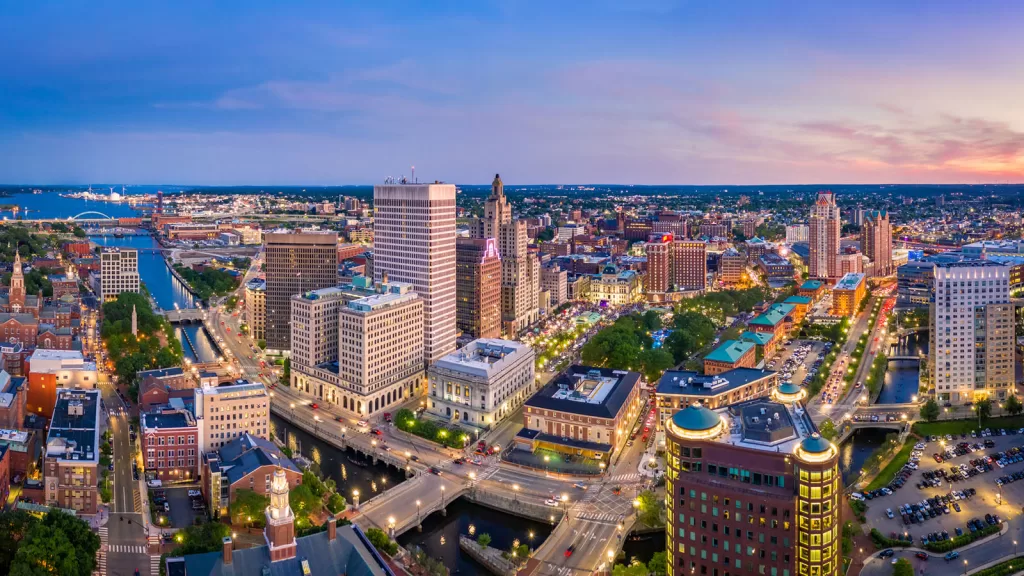
Rhode Island, the smallest state, has a high cost of living, particularly in terms of housing and healthcare costs.
Maryland: Expensive but with Benefits
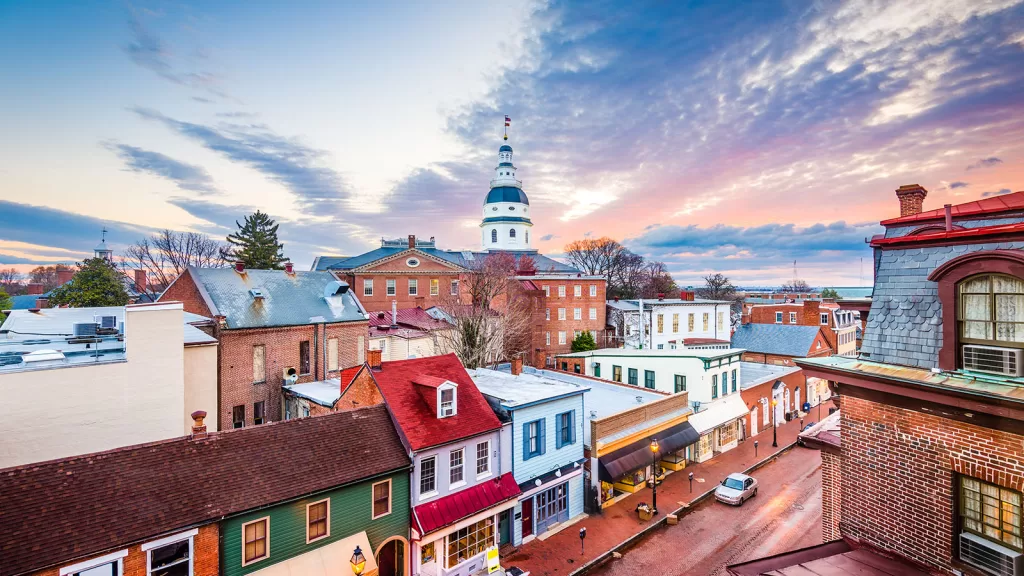
While offering excellent healthcare and proximity to major cities, Maryland also has high housing costs and taxes.
Vermont: Beautiful but Pricey
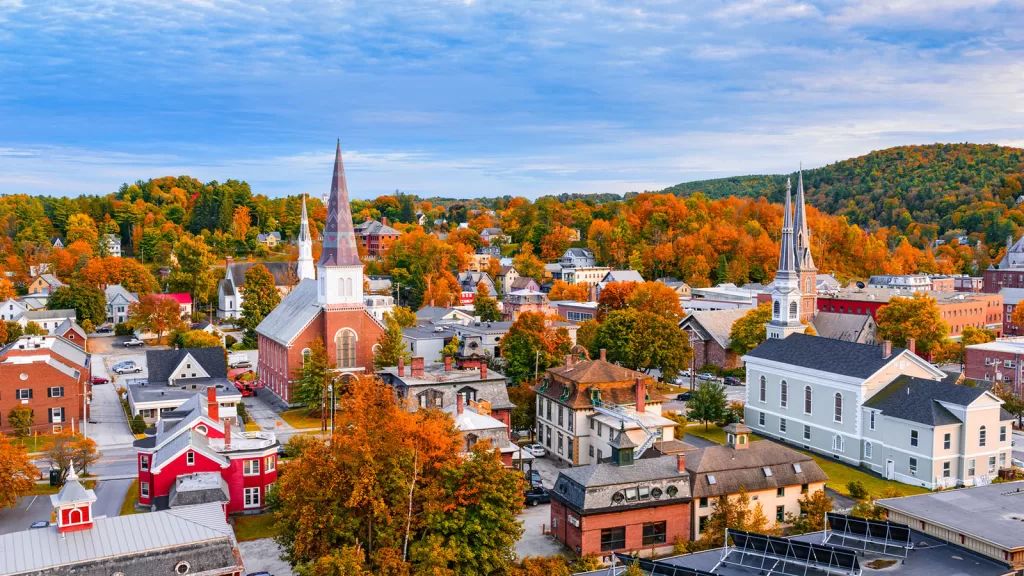
Vermont’s natural beauty is offset by high living costs, particularly housing and healthcare.
Washington State: High Costs in the Pacific Northwest

Washington State, home to tech hubs like Seattle, has seen a surge in living costs, making it a less favorable option for retirees.
Maine: The Price of Coastal Living

Maine’s scenic coastlines and quaint towns have high housing costs and a generally high cost of living.
Colorado: Rocky Mountain High Prices

Colorado’s popularity has increased housing costs, particularly in Denver and Boulder. And in mountain towns like Aspen and Vail (pictured), the costs drastically skyrocket.
Minnesota: The North Star State’s Costly Shine
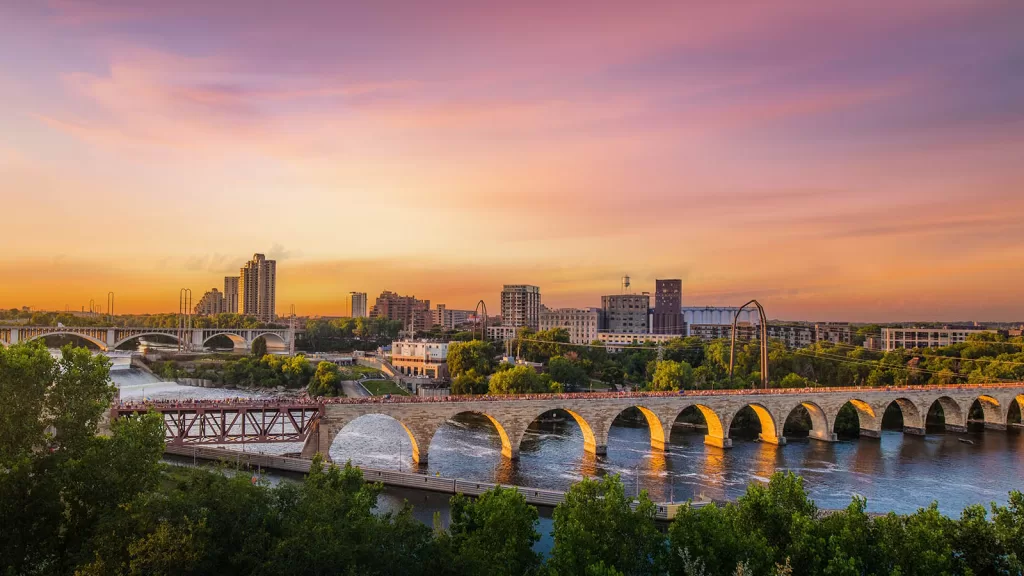
Minnesota’s high taxes and cold weather necessitate increased spending on utilities and winter-related expenses.
Illinois: The Windy City’s Financial Gusts

Illinois, particularly Chicago, has high living costs and taxes that can be challenging for retirees.
Nevada: More Than Just Las Vegas

While Nevada has no state income tax, areas like Las Vegas have seen rising housing costs and living expenses.
What Can You Do?
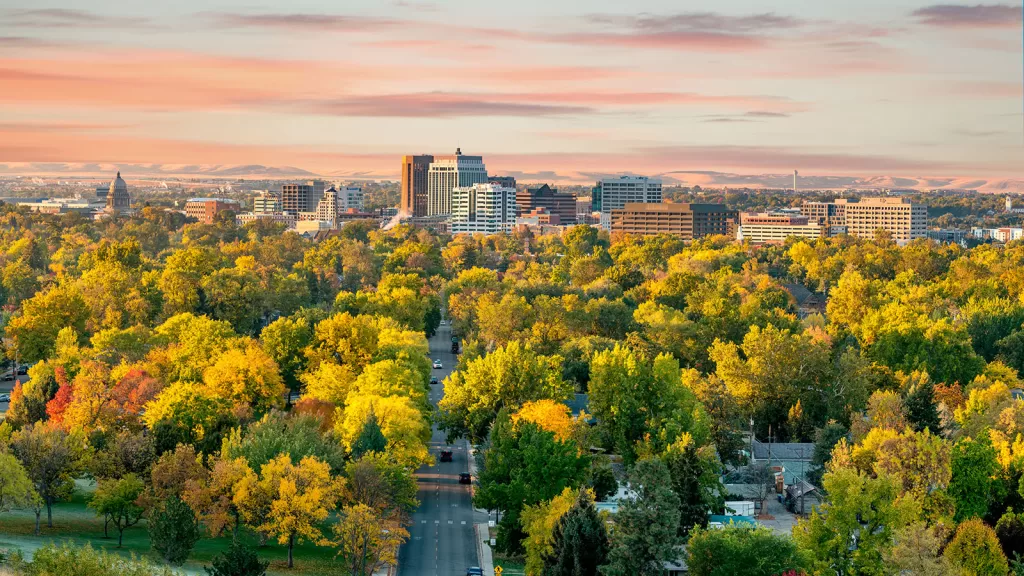
Retiring in an expensive state can be challenging, but it’s not impossible. Retirees should consider their financial situation, lifestyle preferences, and healthcare needs when choosing a retirement destination. States with a higher cost of living might offer cultural, natural, or familial attractions that outweigh the financial drawbacks. Ultimately, the decision should be based on a comprehensive understanding of costs and benefits.



